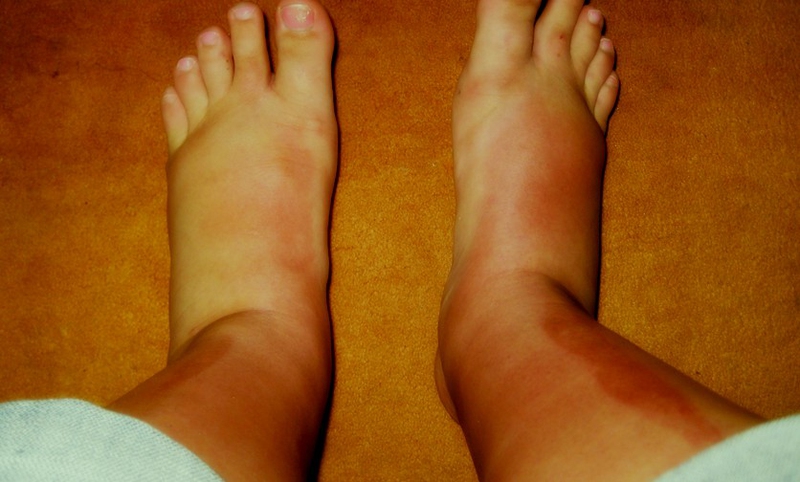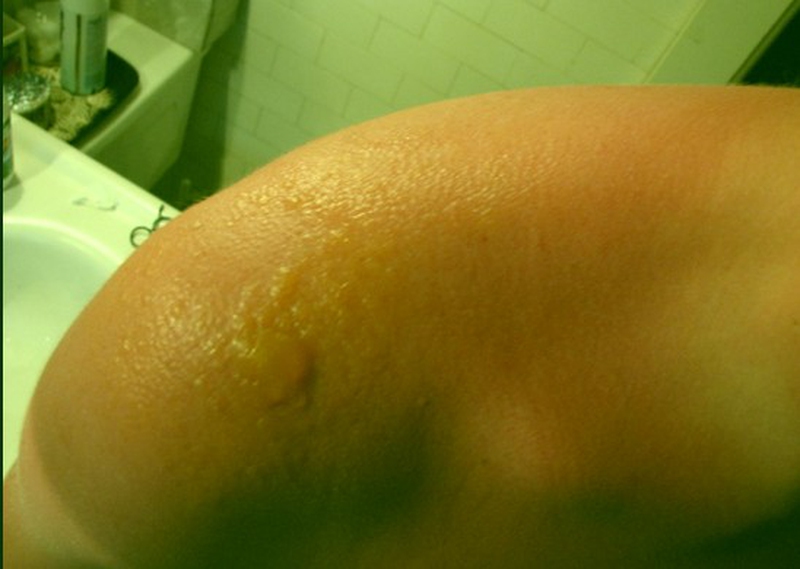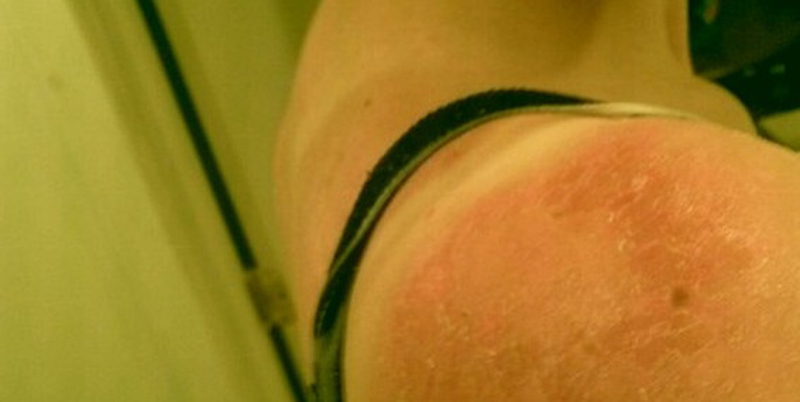While sun poisoning does sound strange, it’s actually an existing medical condition. It is an allergic reaction resulting from exposure to the sun. However, the allergy does not necessarily occur after exposure to the sun. It causes an eczematous reaction that is also referred to as photodermatitis or photoallergy. Those with light skin (low melanin) are more susceptible to this allergy than those with darker skin. Symptoms include redness in the affected area or development of rashes and blisters. So, what does sun poisoning look like?
How Do I Know If I Have Sun Poisoning?
You can experience sunburn within 15 minutes of being in the sun. You might not know it right away since the discomfort and redness might delay for several hours. The following sun poisoning or sunburn symptoms can occur:
Pain and tingling
Blistering and skin redness
Headache
Swelling
Fever and chills
Dizziness
Nausea
Dehydration
You will also get a rash on your skin that varies from person to person. The severity of the rash largely depends on the type of allergen you came into contact with. The skin around the infected area might peel, blister and turn red. If it’s urticarial (a type of sun poisoning), you may experience itchiness with the infected area developing a scaly appearance that looks like hives.
When to See a Doctor
If you get bothersome and unusual skin reactions every time you’re exposed to sunlight, you might need to visit a dermatologist for diagnosis. They are best placed to determine whether what you are experiencing could be a case of skin poisoning.
Sun Poisoning vs. Sun Burning
Unlike sun burning, sun poisoning is an allergic reaction that results in itchy bumps. The bumps are not always itchy so it is important to rule out other causes such as lupus before settling on sun poisoning. Other than itchiness, one might also experience fever, nausea, dizziness and chills.
Treatment of Sun Poisoning
Medication
If need be, you can purchase over the counter creams containing corticosteroids. In very severe cases, your doctor will recommend a short course of corticosteroid pills like prednisone short.
Therapy
If the allergy is too severe, your doctor might recommend that you get your skin used to the sunlight during spring. You can also go for phototherapy sessions where a special lamp is used to shine ultraviolet light on those areas of your body that are usually exposed to the sun. Therapy sessions should be done several times a week for a few weeks.
Home Remedies
You can make some lifestyle changes to help with sun poisoning.
Avoid exposure to the sun – you will notice that symptoms will start to disappear within a few days.
Avoid medications that increase sensitivity to light – There are medications for other conditions that can make your skin sensitive to the sun. Discuss this with your doctor. Use skin moisturizers – these can help reduce irritation caused by scaly and dry skin.
Homemade remedies – You can use homemade skin soothing remedies such as aloe vera and calamine lotion.
Prevention of Sun Poisoning
To prevent sun poisoning, you need to do the following:
Apply sunscreen – You should use sunscreen with an SPF of 30 and above. Look for the term “broad-spectrum” on the label. This means that it will protect against UVB and UVA rays. Put it on about 15 to 30 minutes prior to stepping out of the house. Carry the sunscreen with you and reapply every 2 hours.
Limit sun exposure – This is a no-brainer. The sun is causing the allergy so you should try to minimize your exposure to it. The sun is hottest between 10 am to 2 pm. Make sure to stay under a shade during these hours. Wear a hat, sun glasses and other protective clothing when going outdoors.
Medication and skin products – Consult with your doctor about any medication you’re taking that can increase the sensitivity of your skin to the sun. Medications for acne, antibiotics, antidepressants and some antibacterial medications can make skin more sensitive




View All Comments /Add Comment